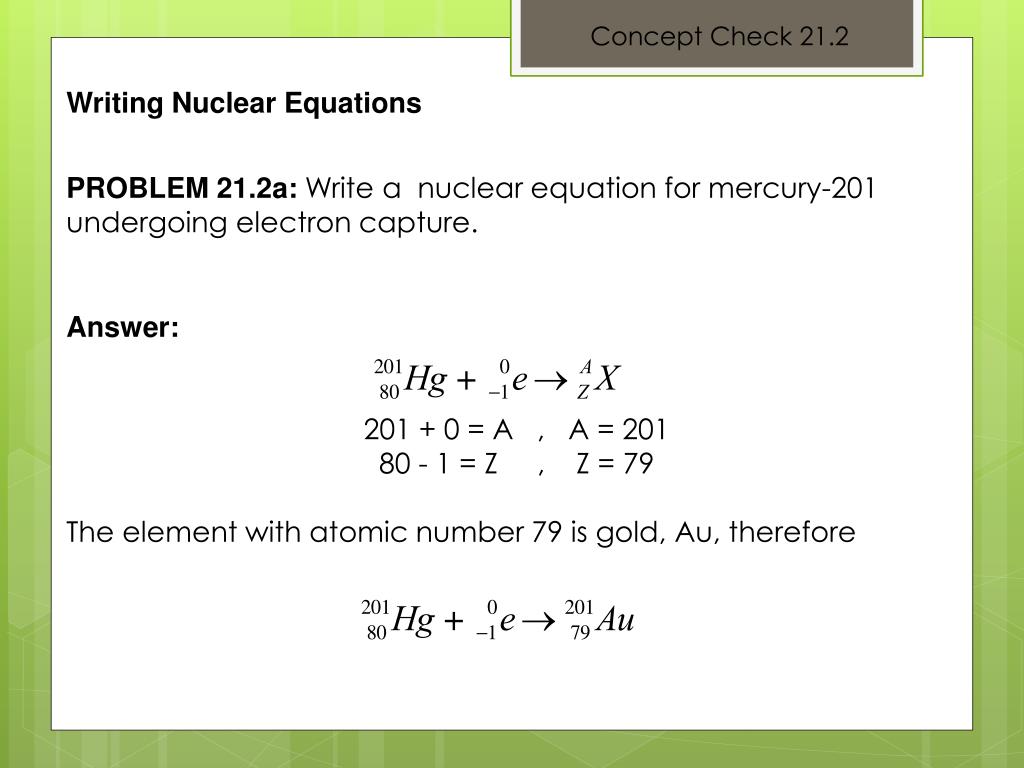

We start by mainly focusing on the neutrino producing charged-lepton capture, like the electron-capture and the muon-capture on nuclei and, then, we discuss the neutrino absorbing reactions which are essential in the neutrino-driven explosive nucleo-synthesis. Such processes play crucial role for the massive stars’ evolution in the final stages of their life, and specifically in the core-collapse supernova leading to the supernova explosion phenomenon. In this article, the role of the semi-leptonic weak interaction processes of leptons (involving neutrinos) with nucleons and nuclei in the late stages of stellar evolution, as well as in the relevant terrestrial neutrino detection experiments, is reviewed. The evolution of the hot and dense interior of massive stars has aroused the intense interest of researchers the last more than three decades. Each of these methods has advantages and disadvantages. The independent particle model (Fuller et al., 1982), the shell model for light s-d shell nuclei (Oda et al., 1994 Suzuki et al., 2006 Suzuki et al., 2018), the large scale shell model (Langanke and Martı´nez-Pinedo, 2000), the ordinary random phase approximation (RPA) (Nabi et al., 2007a Nabi et al., 2007b Nabi, 2011 Nabi and Riaz, 2019), the continuum RPA (CRPA) (Kolbe et al., 1997), the relativistic RPA Niu et al., 2011 Fantina et al., 2012), the quasi-particle RPA (QRPA) (Chasioti and Kosmas, 2009 Tsakstara and Kosmas, 2011a Tsakstara and Kosmas, 2011b Tsakstara and Kosmas, 2012 Giannaka and Kosmas, 2015a Giannaka and Kosmas, 2015b), the deformed QRPA (Sarriguren et al., 2001), the thermal QRPA (Dzhioev et al., 2020), and others. For the evaluation of the wave functions |J i 〉 and |J f 〉 required for the reaction rates of semi-leptonic nuclear processes, up to now various microscopic models have been used which are briefly summarized as follows.


 0 kommentar(er)
0 kommentar(er)
